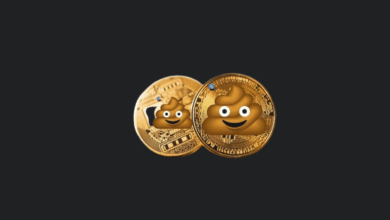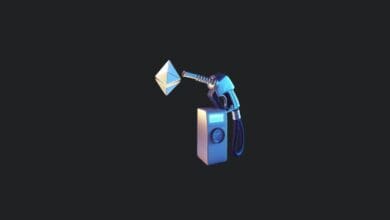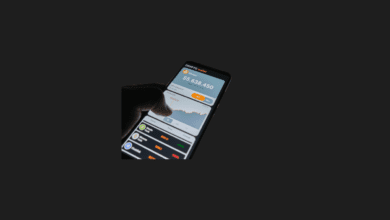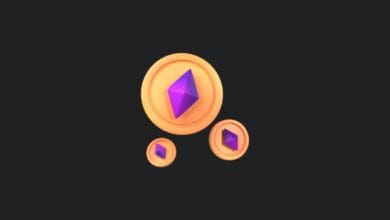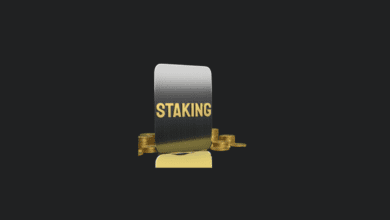Understanding Bitcoin Halving – Essential Guide
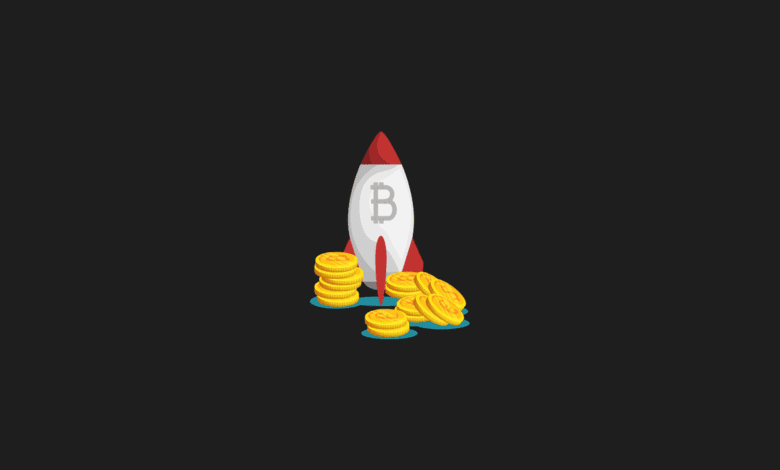
Bitcoin Halving is a critical event in the world of cryptocurrency mining, marking a significant milestone in the financial landscape. This event on the Bitcoin blockchain signifies the halving of the mining reward.
Since 2020, miners engaged in validating transactions on the network have been awarded 6.25 Bitcoins for each block they successfully mine. The forthcoming halving, anticipated to occur in early to mid-2024, is expected to further reduce the block reward to 3.125 Bitcoins. As we move forward, the significance of each halving event is poised to decrease as the reward per block approaches one satoshi.
A Bitcoin halving event effectively cuts the mining reward for processing Bitcoin transactions in half. These halvings serve to decelerate the pace at which new coins are created, thereby constraining the influx of new supply into the market.
The latest halving took place on May 11, 2020, establishing the block reward at 6.25 BTC. The final halving event is projected to occur around 2140, by which time the total quantity of Bitcoins in circulation is expected to approach the maximum supply limit of 21 million.
What does Bitcoin Halving mean?

Understanding Bitcoin halving necessitates a foundational knowledge of the Bitcoin network’s operation. At its core, the Bitcoin network is powered by blockchain technology, which is a collective network of computers running Bitcoin software. Each of these computers holds either a partial or complete history of transactions across the network.
Each full node within this network bears the responsibility of validating or rejecting transactions on the Bitcoin network. This validation process includes ensuring that every transaction adheres to established criteria, such as the transaction’s validity, compliance with validation criteria, and adherence to the required transaction size.
Transactions are scrutinized and approved on an individual basis, and a transaction is only added to a block after all transactions within that block have been verified. Once a transaction receives confirmation, it is permanently recorded on the blockchain and then disseminated to other nodes in the network.
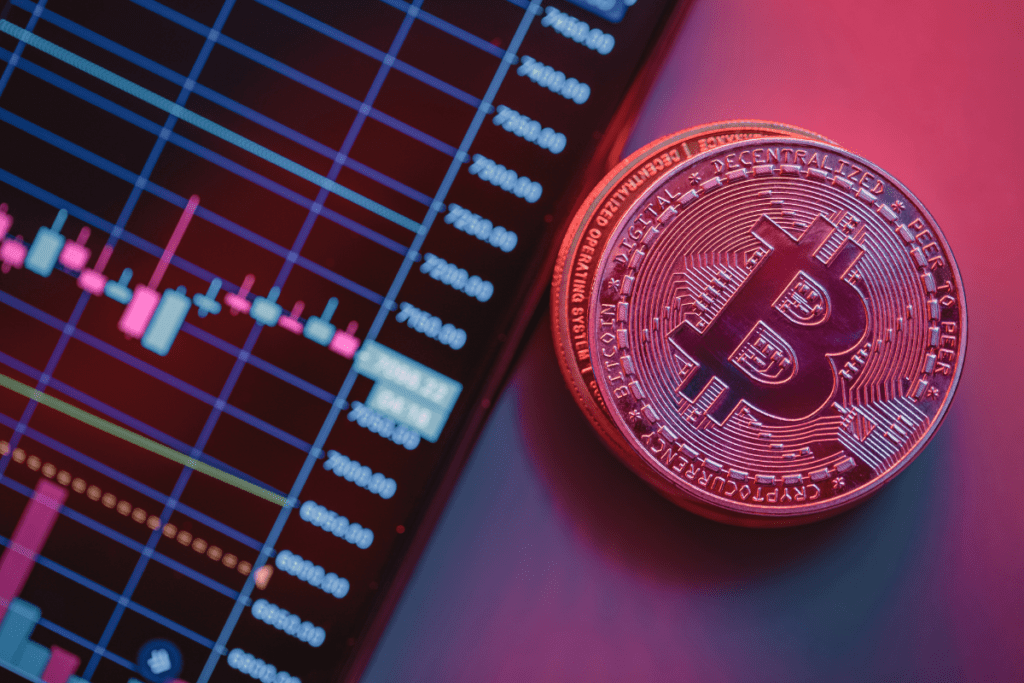
The security and stability of the blockchain improve with the addition of more computers, or nodes. As of November 1, 2023, there are about 16,902 nodes operating Bitcoin software.
While it’s possible for anyone to join the Bitcoin network as a node, assuming they have adequate storage to download the full blockchain and transaction history, not every node participates in mining. Roughly every four years, or after every 210,000 blocks have been mined, the reward awarded to Bitcoin miners for processing transactions is cut in half, a process known as halving.
This mechanism decreases the pace at which new bitcoins are released into circulation. This reward structure is expected to continue until approximately 2140 when the anticipated limit of 21 million coins is likely to be reached.
Beyond this point, miners’ revenue will come from transaction fees paid by users of the network. These fees are intended to keep miners motivated to maintain and support the network.
You may also like this content
Follow us on TWITTER (X) and be instantly informed about the latest developments…




